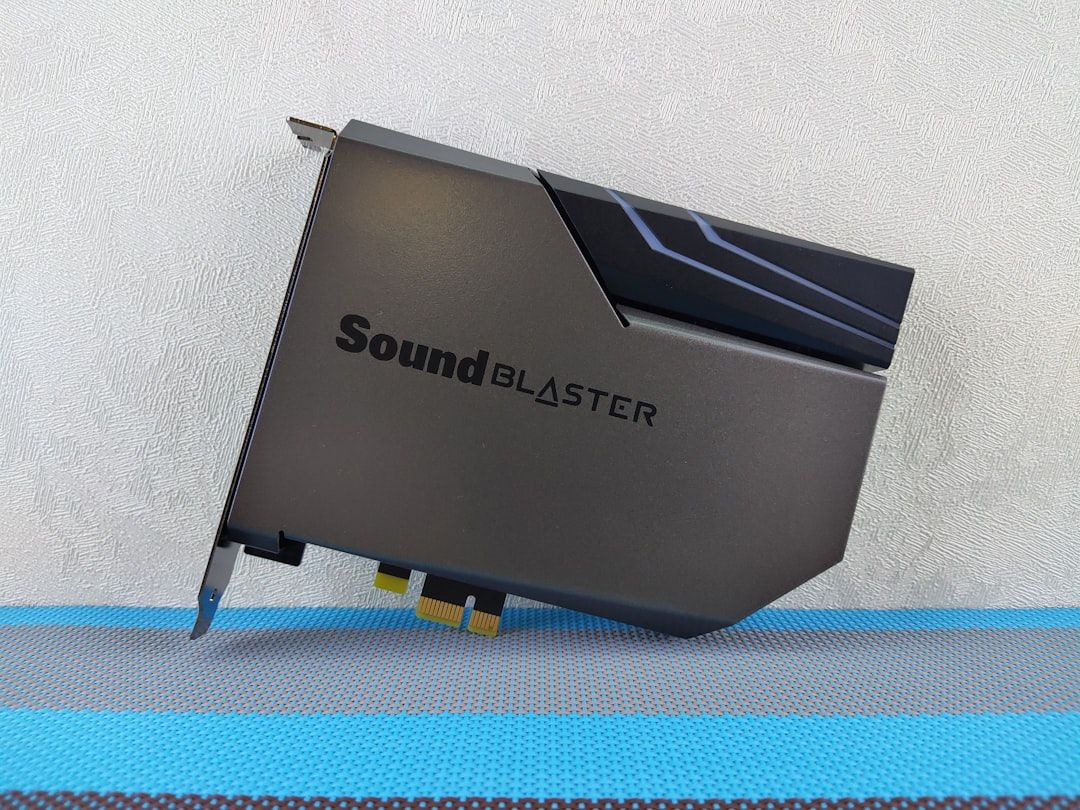Over the years, Bluetooth technology has evolved significantly, adapting to meet the increasing demands of wireless communication in modern devices. From smartphone connectivity to Internet of Things (IoT) applications, Bluetooth has become a fundamental feature. The launch of Bluetooth versions 5.0 through 5.3 brought several advancements over their predecessors, improving speed, range, power efficiency, and user experience. Understanding the distinctions between these versions can help developers, manufacturers, and consumers make better decisions about which Bluetooth version fits their needs.
Bluetooth 5.0: A Landmark Upgrade
Released in December 2016, Bluetooth 5.0 marked a major leap from Bluetooth 4.2 in terms of capability and performance. It was designed with the IoT in mind, offering substantial enhancements in data transfer and connectivity.
- Range: Bluetooth 5.0 quadrupled the range of Bluetooth 4.2, up to 240 meters in open space.
- Speed: It doubled the data transfer speed, reaching up to 2 Mbps.
- Broadcast Messaging: Advertisements were eight times longer, enhancing beacon data applications.
- Coexistence Support: Better performance in environments with a high density of wireless signals.
Bluetooth 5.0 was widely adopted and is still found in many smartphones, headphones, fitness trackers, and other consumer gadgets.

Bluetooth 5.1: A Smarter Way to Connect
Introduced in January 2019, Bluetooth 5.1 brought precision location tracking and improved device discovery efficiency. It was a step forward in enabling spatial awareness between devices.
- Direction Finding: Bluetooth 5.1 enabled devices to determine the direction of a Bluetooth signal using Angle of Arrival (AoA) and Angle of Departure (AoD) techniques. This allows for location accuracy down to the centimeter level.
- GATT Caching: Improved Generic Attribute Profile (GATT) caching to reduce rediscovery times and enhance connection speed.
- Randomized Advertising Channel Selection: Helped avoid interference by randomly choosing advertising channels more efficiently.
This version was particularly beneficial for sectors like indoor navigation, asset tracking, and smart retail, where accuracy and responsiveness matter most.
Bluetooth 5.2: Better Audio and Energy Efficiency
Bluetooth 5.2, revealed in January 2020, introduced some of the most exciting features for audio applications and low-energy communication.
- LE Audio: A completely revamped audio delivery method over Low Energy. LE Audio enables high-quality audio streaming with reduced power consumption, multiple audio streams, and support for hearing aids.
- LC3 Codec: The Low Complexity Communications Codec (LC3) provides higher audio quality at lower bit rates compared to the classic SBC codec.
- Multi-Stream Audio: Allows multiple synchronized audio streams, ideal for true wireless earbuds and multi-device streaming.
- Enhanced Attribute Protocol (EATT): Allows parallel communication sessions, improving reliability and reducing latency.
The introduction of LE Audio was a game changer, opening the door to new types of Bluetooth audio devices and applications.

Bluetooth 5.3: Refinement and Efficiency
Released in July 2021, Bluetooth 5.3 focused on performance refinements, efficiency improvements, and security upgrades.
- Periodic Advertising Enhancement: Devices can filter out redundant or unneeded data transmissions, improving battery life and efficiency.
- Encryption Key Size Control: Enhanced security by allowing enforcement of minimum encryption key sizes.
- Connection Subrating: Improves power efficiency and responsiveness in devices that frequently switch between active and sleep modes, like keyboards and mice.
- Channel Classification Enhancement: Helps reduce interference and optimize device performance by enabling more intelligent frequency selection.
While Bluetooth 5.3 may not boast headline-grabbing features, it refines what previous versions introduced, making devices more reliable, secure, and efficient.
Which Version Should You Use?
The right choice depends on your specific application, hardware, and use case requirements. Here’s a quick breakdown:
- If you’re focused on basic wireless communication: Bluetooth 5.0 is likely sufficient for audio streaming and IoT control with good speed and range.
- If location accuracy is crucial: Bluetooth 5.1 is a must-have with its precise direction finding capabilities.
- If advanced audio features are needed: Bluetooth 5.2 introduces LE Audio and multi-stream support, crucial for modern wireless audio products.
- For battery-powered devices with heavy sleep cycles: Bluetooth 5.3 offers optimized energy efficiency and performance stability.
Compatibility is another factor. Not all devices support the latest Bluetooth version, so always check your hardware’s specifications. Fortunately, Bluetooth maintains backward compatibility, so even newer devices will work with older ones—though without the new features.
Final Thoughts
Each release from Bluetooth 5.0 to 5.3 builds progressively on the one before, offering enhancements in speed, efficiency, location tracking, and audio capabilities. For most consumers, Bluetooth 5.0 and 5.1 provide ample functionality for everyday tasks. Developers and manufacturers, on the other hand, should strongly consider Bluetooth 5.2 and 5.3 for future-proof designs, especially if they involve audio or require high power efficiency.
As Bluetooth technology continues to evolve, staying informed about its capabilities ensures that your devices stay connected, efficient, and ahead of the curve.
FAQ
-
Q: Can a Bluetooth 5.2 device connect to a Bluetooth 5.0 device?
A: Yes, Bluetooth is backward compatible. However, you won’t benefit from newer features like LE Audio unless both devices support them.
-
Q: Is Bluetooth 5.3 much better than Bluetooth 5.2?
A: Bluetooth 5.3 focuses more on stability, security, and energy efficiency rather than revolutionary features. If you’re designing battery-sensitive peripherals, it’s a great choice.
-
Q: Do I need Bluetooth 5.1 for indoor navigation?
A: Yes, Bluetooth 5.1’s direction finding capabilities significantly improve indoor positioning accuracy.
-
Q: How can I check which Bluetooth version my device supports?
A: You can check your device’s technical specifications online or access it via your system’s settings or control panel depending on the operating system.
-
Q: Is LE Audio available in all Bluetooth 5.2 devices?
A: Not necessarily. The device must include LE Audio-specific hardware and firmware support. Just having Bluetooth 5.2 isn’t enough on its own.

